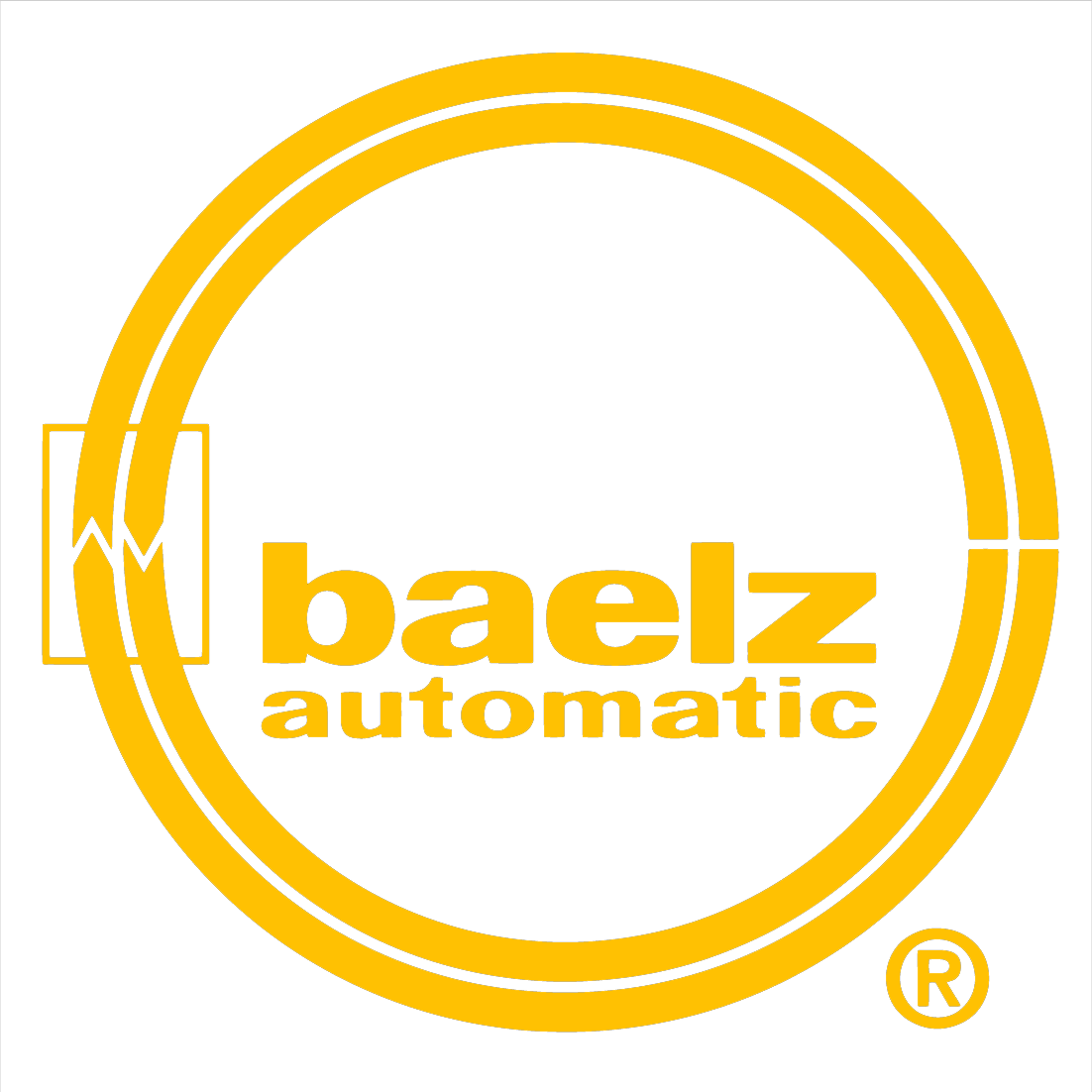Linear actuators provide a push or pull motion along a single drive axis. They are key components in many machines, where they enable smooth and precise lifting, sliding, tilting, or dropping. Electric linear actuators, in particular, convert electrical energy into linear motion with high accuracy and speed, features that make them a popular choice for applications requiring controlled and precise movement.
This blog will detail what electric linear actuators are, how they work, their applications, and their advantages and disadvantages.
How Does an Electric Linear Actuator Work?
Electric linear actuators use electricity and electric motors as their power source. The motor’s torque output is amplified by the actuator’s internal gearbox, driving a lead screw. The screw’s rotation translates the drive nut along the actuator’s axis of extension. As the lead screw moves clockwise or counterclockwise, the piston attached to the nut extends or retracts. This is how the actuator’s gearbox, drive nut, and lead screw convert the motor’s rotary motion to linear motion.
Electric linear actuators can operate independently or be combined to perform multiple tasks. They offer high-speed, precise, and repeatable position control, generating many different force ranges to choose from for the application being applied to..
Applications of Electric Linear Actuators
Electric linear actuators are used in many industrial applications, such as:
- Automation and Robotics: Electric linear actuators are a key part of the automation industry. These actuators ensure precise and repeatable movements critical to maintaining production quality and accuracy in robotic systems.
- Food and Beverage Processing: Electric actuators are clean and quiet, making them ideal for sensitive processes like food and beverage manufacturing. Their smooth design prevents dirt or bacteria accumulation, and many electric linear actuators are corrosion-resistant.
- Manufacturing Machinery: Although many heavy equipment applications use hydraulic actuators, machinery in applications that cannot risk contamination with hydraulic fluids depend on electric linear actuators for clean, precise movements. These applications include medical device, semiconductor, and pharmaceutical manufacturing.
- Valve Operation: Valves are essential components of processing plants because they control the flow of raw materials. Electric actuators provide accurate control to ensure safe, effective valve operation.
Advantages and Disadvantages of Electric Linear Actuators
To help you decide on whether your application can benefit from an electric linear actuator, consider the following advantages and disadvantages.
Advantages
- Excellent performance at high speeds
- Highly accurate positioning and control
- Can stop at any point of the stroke
- Can make equipment more flexible
- Easy to specify acceleration and deceleration
- Minimal maintenance
- Low operating costs
- Low risk of contamination
- No external sensors
Disadvantages
- Higher upfront costs than other types of actuators
- More complex technology
- Sensitive to vibration
- Not explosion-proof and fire sensitive
- At high speeds, there is less thrust
- With high thrust, there is less speed
Learn More About Electric Linear Actuators
Electric linear actuators are ideal for numerous applications thanks to their many benefits, such as high precision, low operating costs, ease of control, and clean, quiet operation. Baelz NA offers a variety of electric linear actuators as well as engineered systems, heat exchangers, automation skid packages, control valves, and more.
Contact us to discuss whether electric linear actuators are right for your application, or request a quote today.
